Mount Kilimanjaro Climbing is not just a physical challenge—it’s a life-changing adventure that takes you through five distinct climate zones, stunning landscapes, and ultimately to the roof of Africa. Whether you’re drawn by the desire to conquer the continent’s highest peak or immerse yourself in the raw beauty of nature, the journey is as rewarding as the destination.
Kilimanjaro Heroes Adventures provides professionally guided Mount Kilimanjaro Climbing Tours that combine safety, expert support, and unforgettable moments. In this guide, we’ll walk you through the day-by-day experience of a typical Kilimanjaro Climb, using the popular Lemosho Route as a reference—one of the most scenic and successful Mount Kilimanjaro Climbing Routes.
How High is Kilimanjaro?
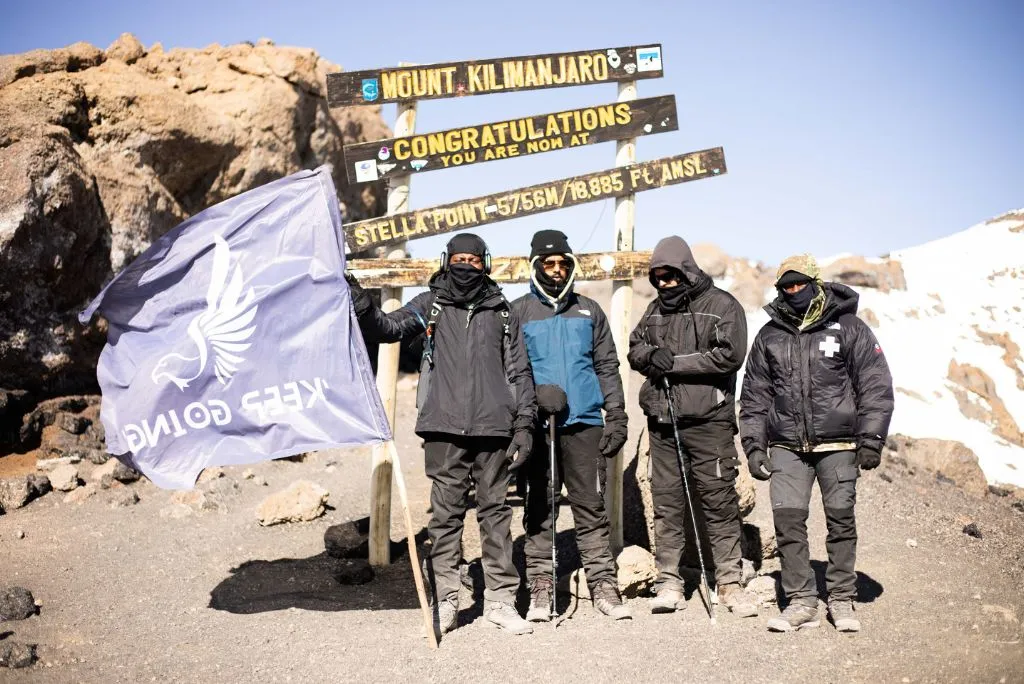
Before diving into the daily experience, it’s important to grasp that Kilimanjaro is the world’s tallest free-standing mountain, rising dramatically from the Tanzanian plains to nearly 6,000 meters. Its striking height creates multiple climate zones that trekkers pass through, each day bringing new terrain, weather, and challenges. Understanding this elevational change is key to appreciating the unique Kilimanjaro climb.
Day 1: Arrival and Briefing in Moshi or Arusha
Your Kilimanjaro Climb Tour begins when you land in Tanzania. You’ll be picked up by our team and transferred to your hotel in Moshi or Arusha. That evening, you’ll meet your lead guide, go through a detailed briefing, gear check, and Q&A session.
Pro Tip: Rest well and hydrate. Your Kilimanjaro trekking adventure officially starts tomorrow.
Day 2: Lemosho Gate to Mti Mkubwa Camp (2,650m)
After breakfast, a scenic drive takes you to Lemosho Gate, where park registration begins. You’ll start trekking through the lush rainforest filled with colobus monkeys, birds, and dense greenery. The trail is gradual and peaceful.
- Hiking Time: 3–4 hours
- Environment: Rainforest
- Altitude Gain: 2,100m to 2,650m
This is the perfect warm-up day for your Kilimanjaro Trek.
Day 3: Mti Mkubwa to Shira 1 Camp (3,610m)
Today, you exit the forest and enter the moorland zone. The trail becomes steeper, with views of the Shira Ridge and distant glaciers. You’ll feel the elevation but still have plenty of energy.
- Hiking Time: 6–7 hours
- Environment: Heath and moorland
- Altitude Gain: ~1,000m
This is where the landscape begins to open up with breathtaking views.
Day 4: Shira 1 to Shira 2 Camp (3,850m)
A relatively easy day across the Shira Plateau. You’ll acclimate at higher elevations and enjoy expansive views of Mt. Meru behind you. Optional hikes to nearby ridges help boost acclimatization.
- Hiking Time: 4–5 hours
- Environment: Moorland
Acclimatization days are key to Successful Mount Kilimanjaro Climbing.
Day 5: Shira 2 to Barranco via Lava Tower (4,630m > 3,976m)
This is one of the most important days for acclimatization. You ascend to Lava Tower (4,630m), a striking volcanic formation, and then descend to Barranco Camp. The “climb high, sleep low” strategy improves your body’s adaptation to altitude.
- Hiking Time: 7–8 hours
- Environment: Alpine desert to valley
Many feel the altitude today—take it slow and hydrate!
Day 6: Barranco to Karanga Camp (3,995m)
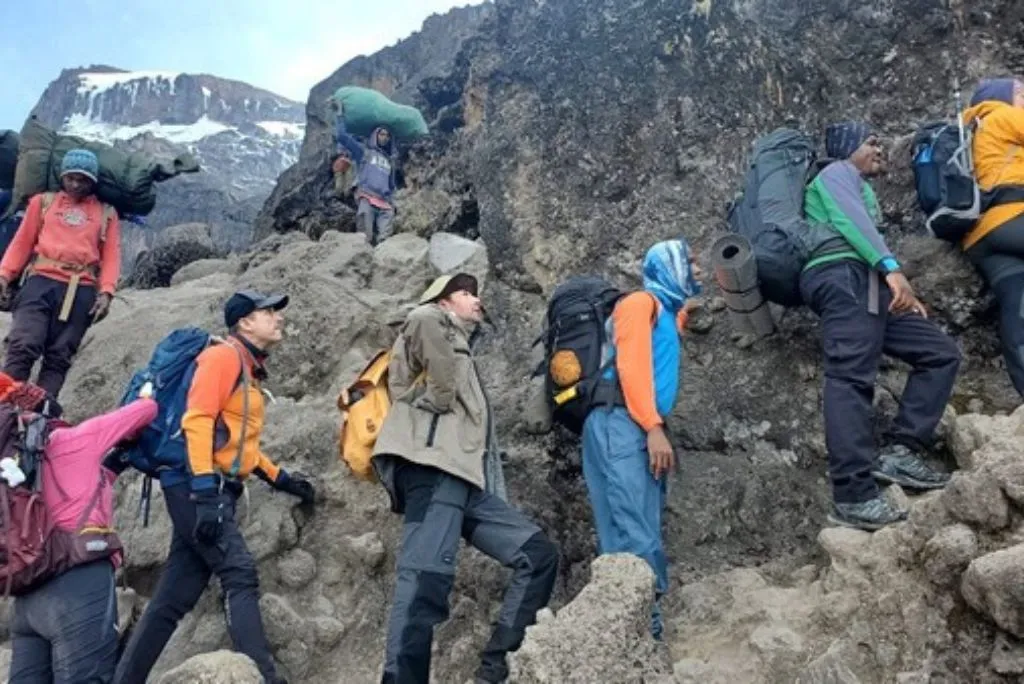
First, you tackle the Barranco Wall, a steep but non-technical climb that rewards you with stunning panoramas. Then it’s a gradual trek to Karanga Camp, your last stop before the push to high camp.
- Hiking Time: 4–5 hours
- Environment: Alpine desert
One of the most fun and scenic sections of your Kilimanjaro Climb.
Day 7: Karanga to Barafu Camp (4,673m)
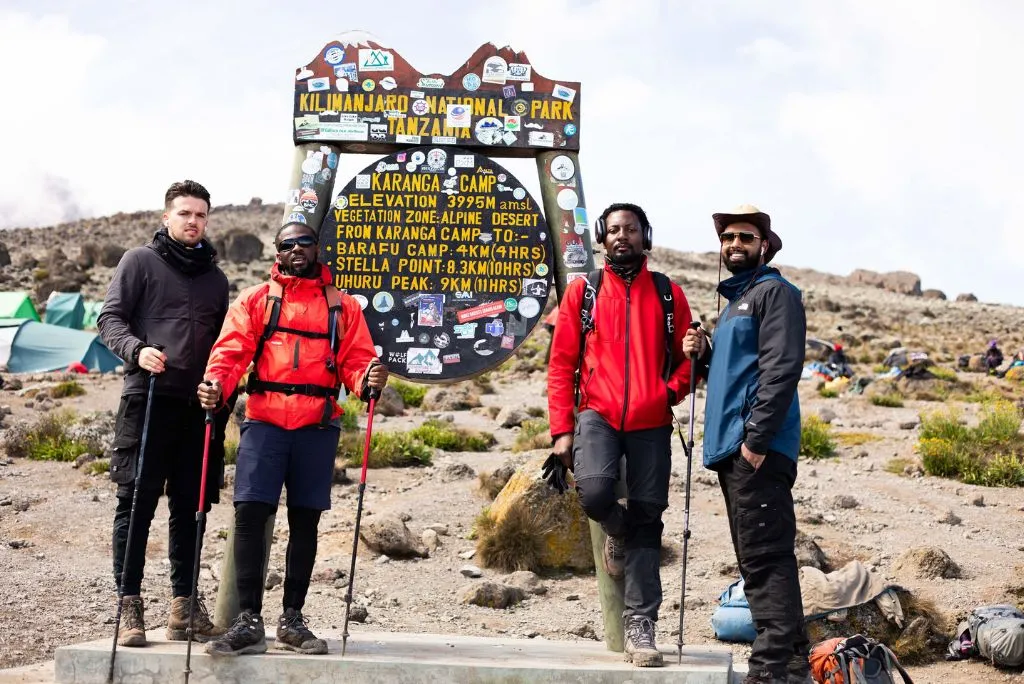
You’ll make a short hike to Barafu Camp, your base for the summit attempt. After lunch, rest, hydrate, and prepare for the biggest challenge—summit night.
- Hiking Time: 3–4 hours
- Environment: Alpine desert
Get to bed early. You’ll be waking around midnight for the summit push.
Day 8: Summit Day – Barafu to Uhuru Peak (5,895m), then Mweka Camp
You’ll begin your Mount Kilimanjaro climb to the summit around midnight. The trail is steep and cold, but the reward is unparalleled. After passing Stella Point, you’ll reach Uhuru Peak, the highest point in Africa.
- Hiking Time to Summit: 6–7 hours
- Uhuru Peak Altitude: 5,895m
- Descent to Mweka: 4–6 hours
Watching the sunrise from the summit is a moment you’ll never forget.
Day 9: Mweka Camp to Mweka Gate
Your final descent takes you through lush rainforest trails down to Mweka Gate, where you’ll sign out of the park and receive your Mount Kilimanjaro Climbing Certificate.
- Hiking Time: 3–4 hours
- Altitude: 3,068m to 1,640m
Congratulations—you’ve completed one of the world’s greatest trekking achievements!
Mount Kilimanjaro Routes: Choosing Your Path
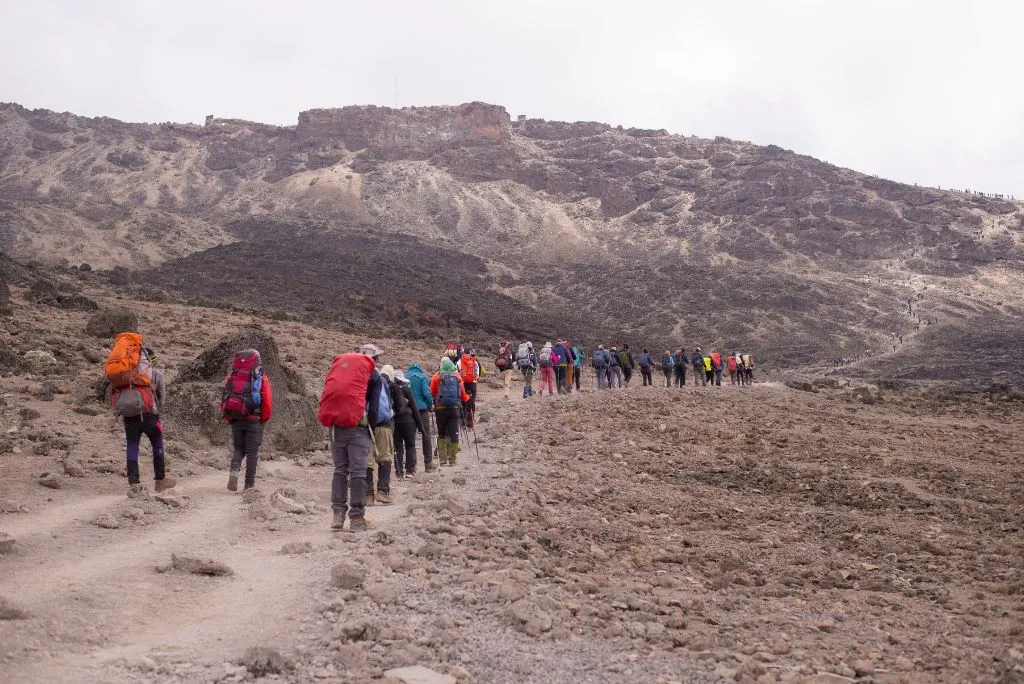
While this blog follows the Lemosho Route, other popular Mount Kilimanjaro Routes include:
- Machame Route: Challenging and scenic
- Marangu Route: Only route with huts
- Rongai Route: Drier, remote northern approach
- Northern Circuit: Longest, best for acclimatization
- Umbwe Route: Steepest and most direct
Choosing the right Kilimanjaro Climbing Route depends on your fitness level, schedule, and trekking goals. Longer routes offer better acclimatization and higher summit success.
Are You Ready for The Climb of a Lifetime
Each day brings new discoveries—from rainforest trails to alpine deserts, culminating in a magical sunrise atop Africa’s roof. Whether choosing the Marangu, Machame, Lemosho, or Northern Circuit routes, Mount Kilimanjaro Climbing with Kilimanjaro Heroes Adventures is a life-changing adventure shaped by passion, safety, and local knowledge. With the right preparation, team, and mindset, you’ll walk away with far more than photographs. You’ll leave with a transformed sense of achievement and awe.
Ready to take the first step? Let Kilimanjaro Heroes Adventures be your guide to the top of Africa.

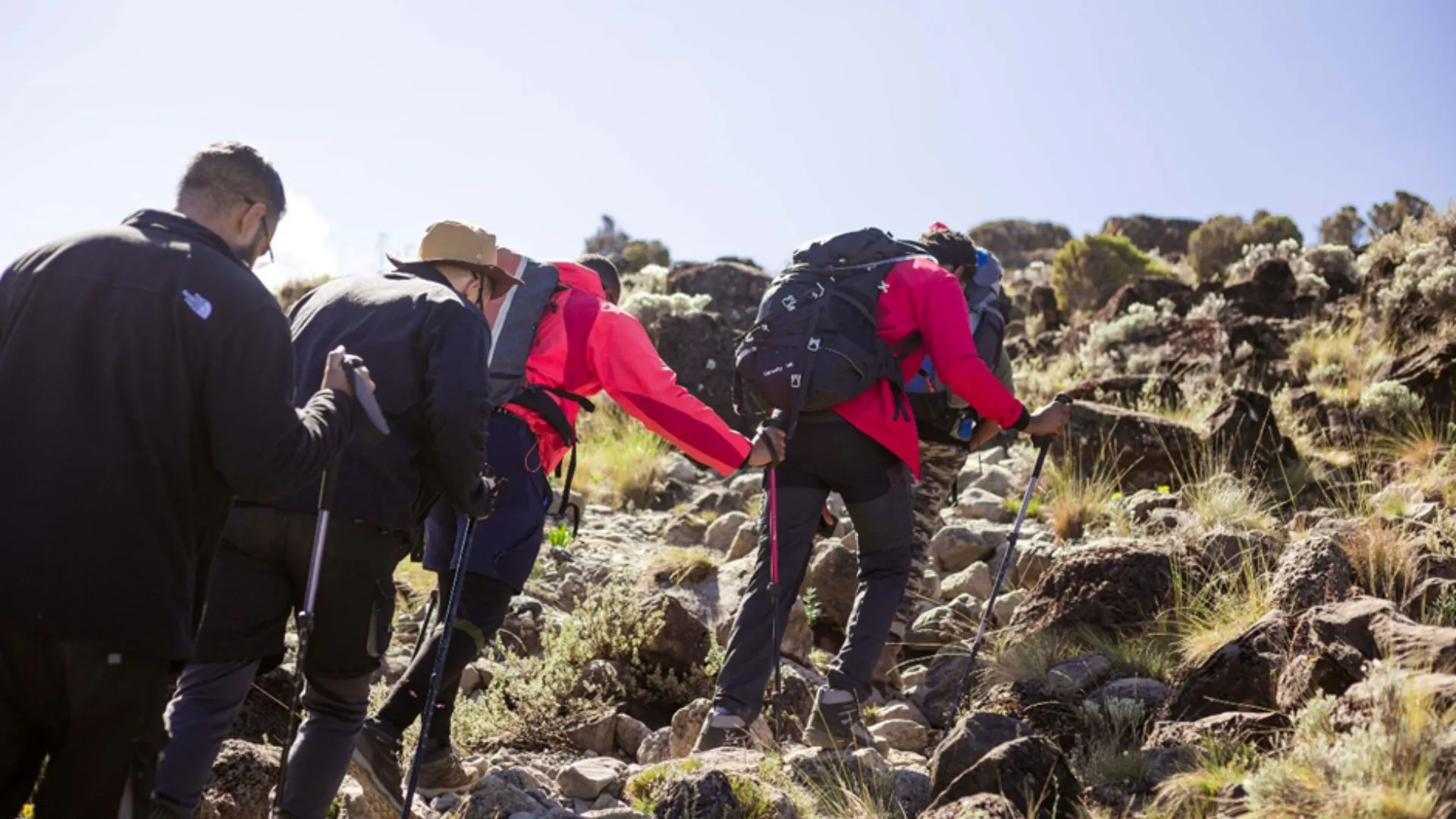
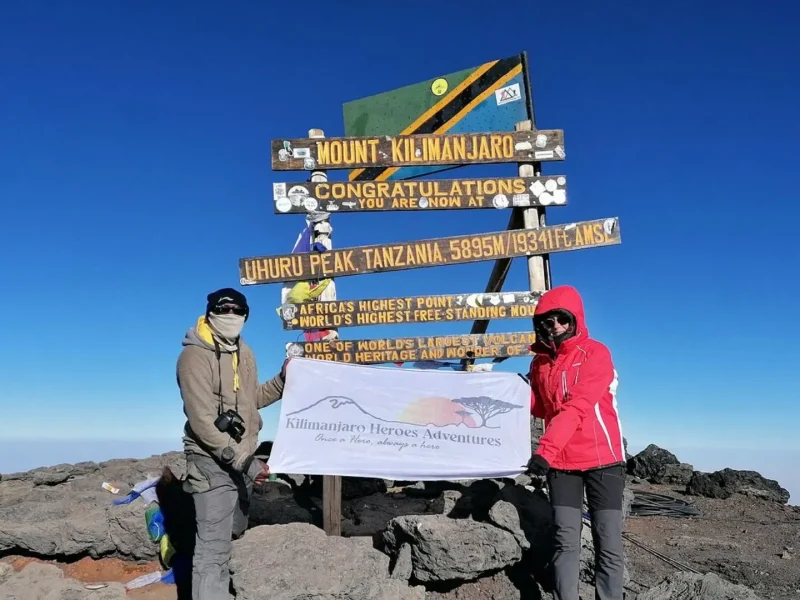
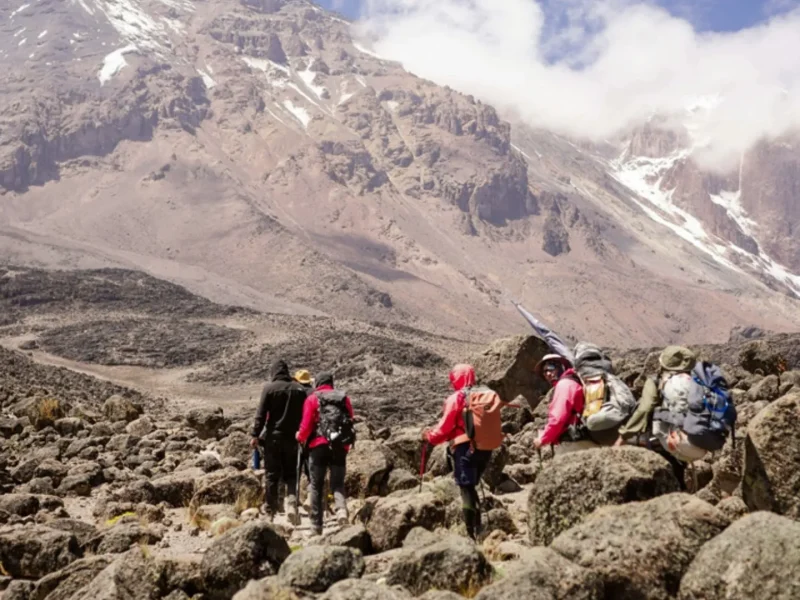
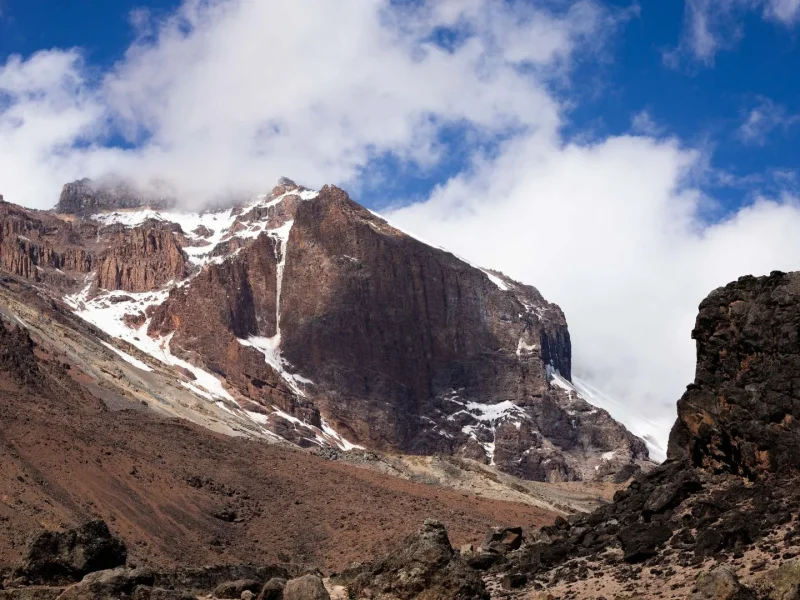
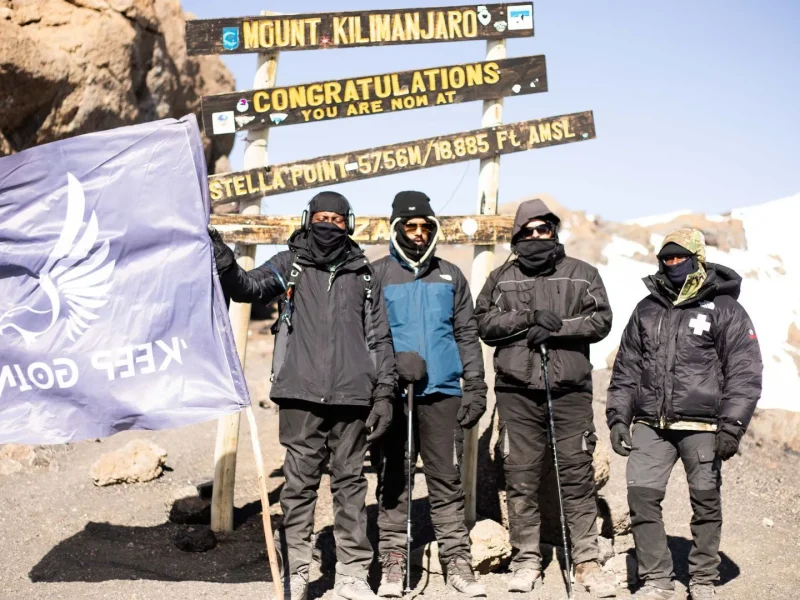
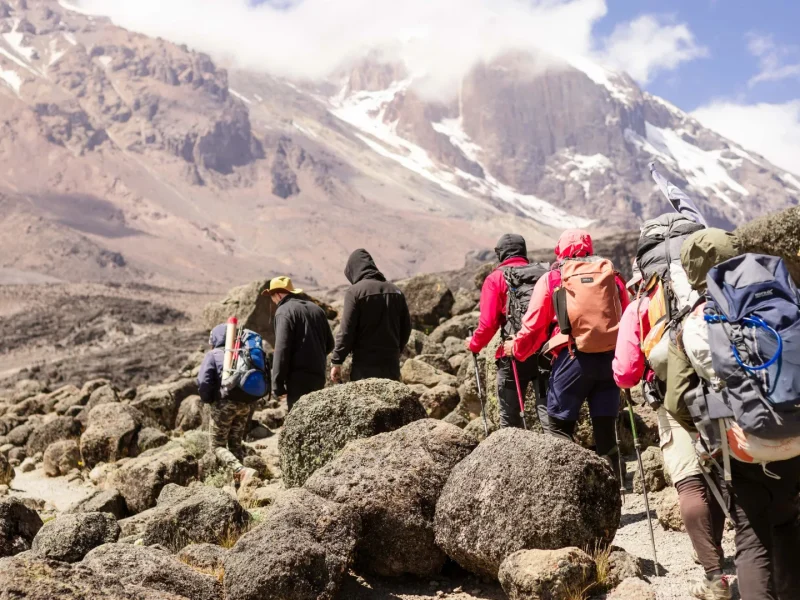
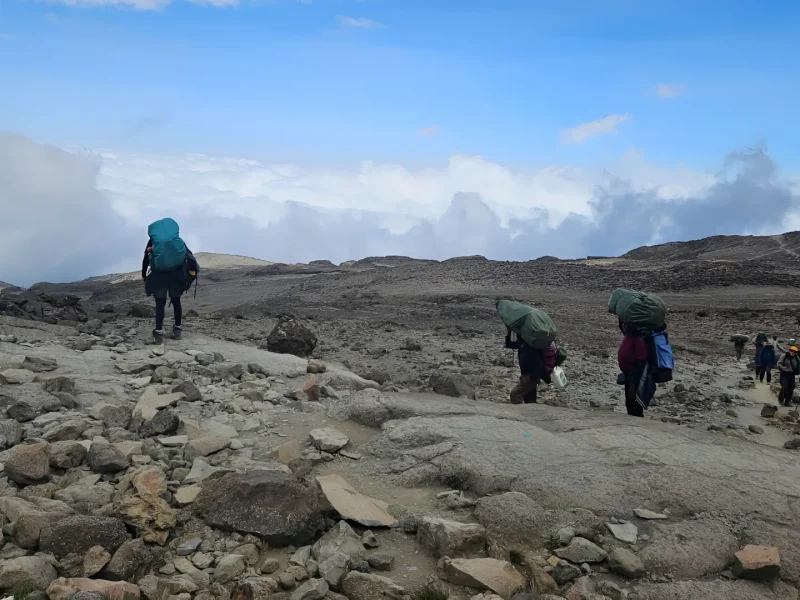
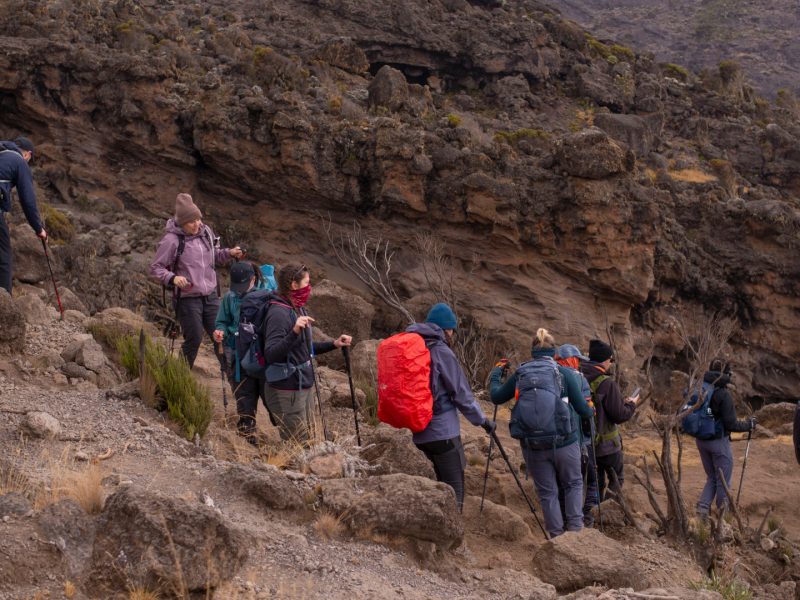
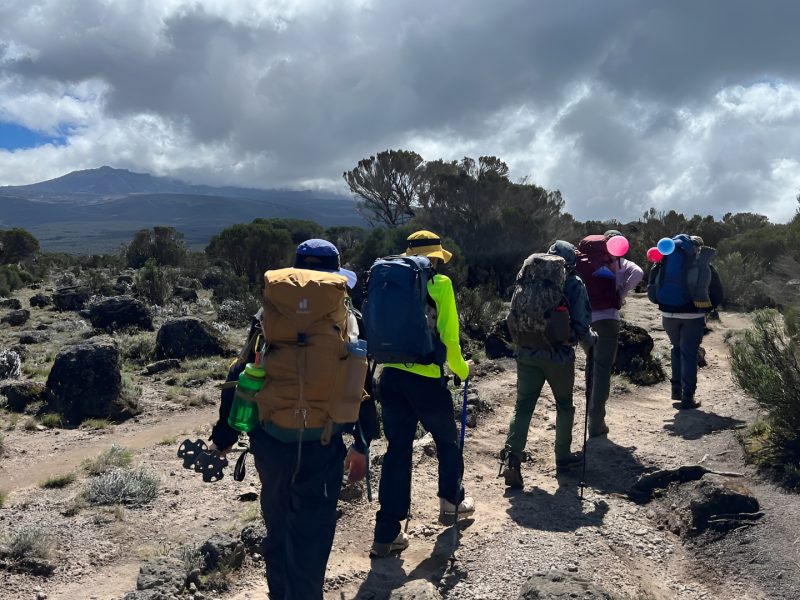
Comment (0)